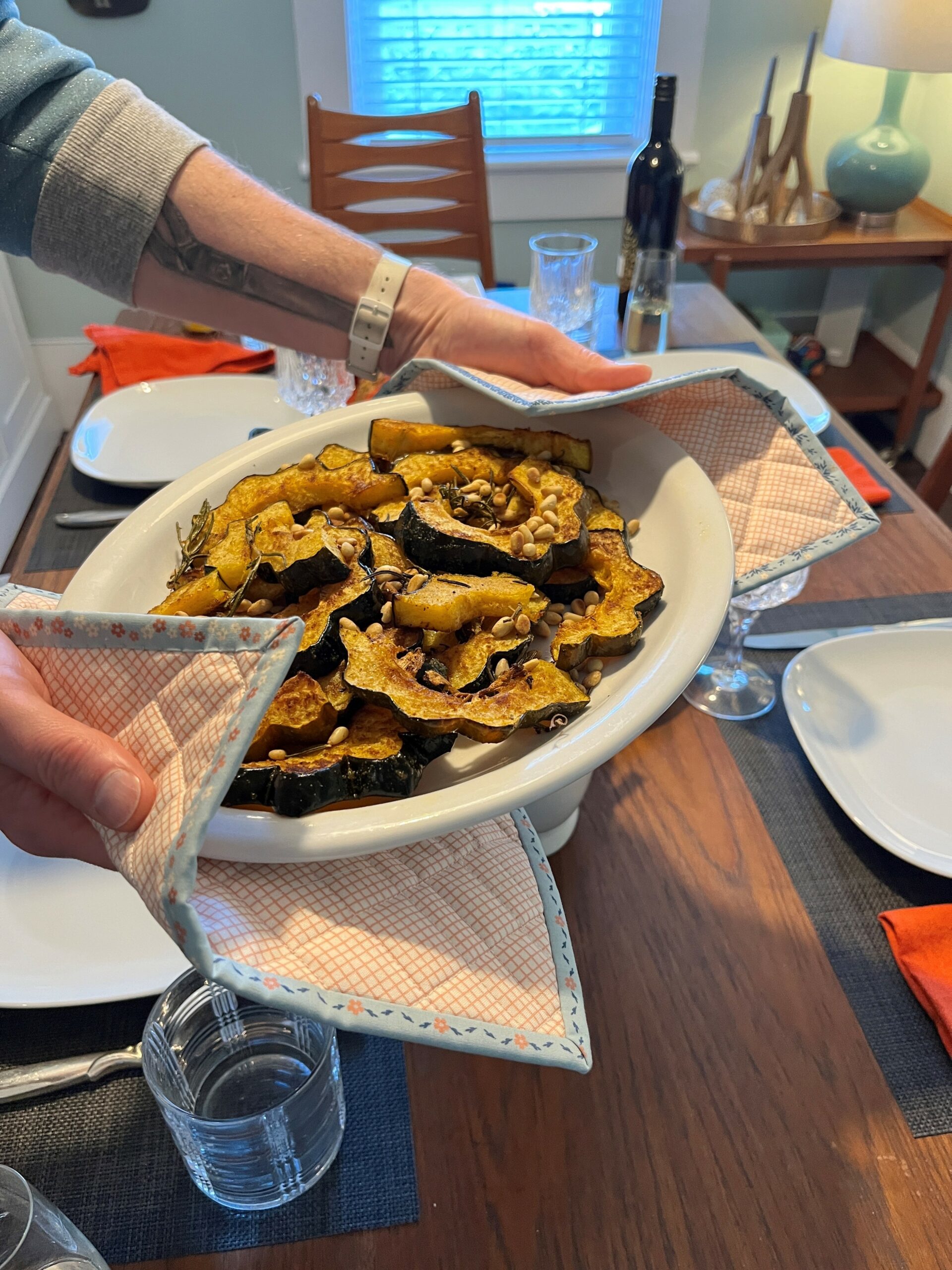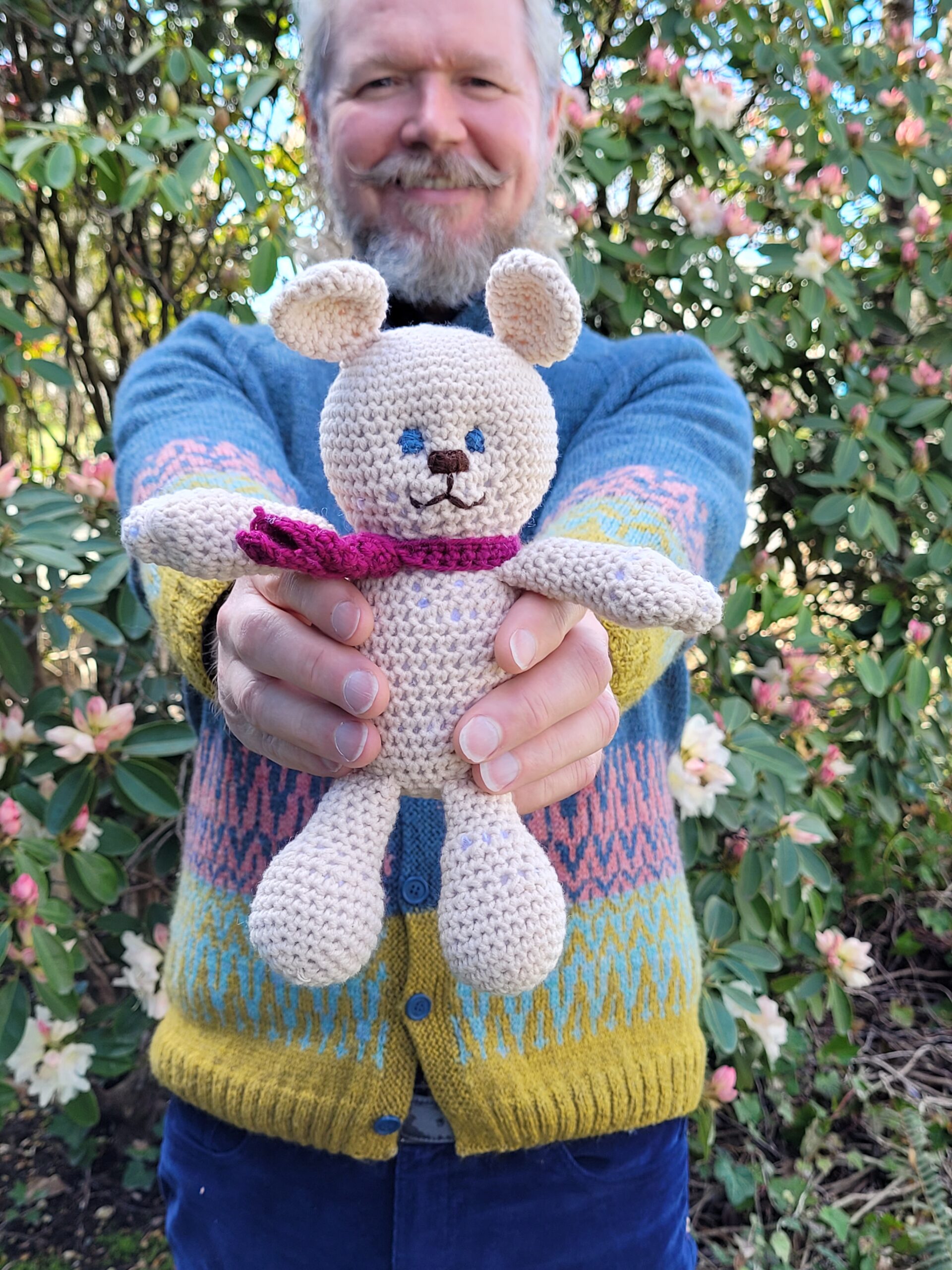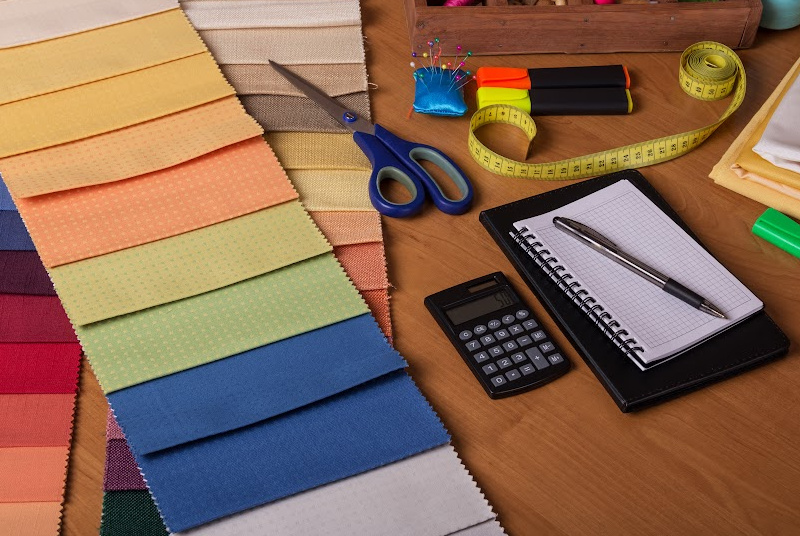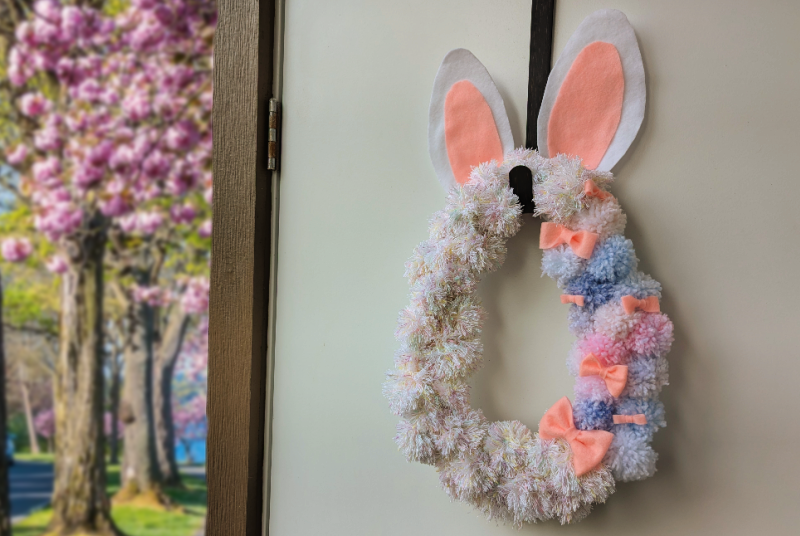We all know the thrill of grabbing a new fabric from the store and excitedly running home to get sewing. You’ve got your machine ready to go, your pattern picked out, and the perfect fabric in hand, but… what’s missing?
Many experienced sewers know that the first step to sewing after you’ve gotten home is to wash your fabrics. It’s like clockwork: pick fabric, come home, wash, cut out pattern, sew. But many of our new sewers wonder why this is necessary, and maybe even our seasoned, sewing veterans never paused to question this step.
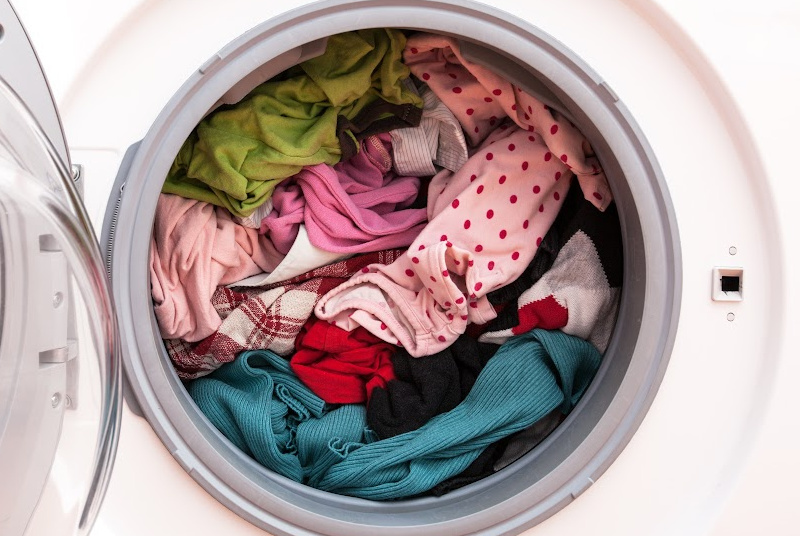
How to wash your fabrics
Every fabric is unique, and needs to be handled and washed correctly in order to yield the best results. Unlike pre-made clothes that come with handy washing tags, a yard of fabric doesn’t usually come with instructions. There are of course some fabrics that we all instinctively know how to wash (craft cottons, silks, 100% polyester knits), but what about everything that falls outside this range or in between?
At Fabricana, we arm our staff with this knowledge, so simply asking can go a long way. There is always someone on the floor ready to help with these important questions, or if our sales floor is uncertain, a simple call to the head-office will get you the answers you’re looking for. In our online store as well, we have a special section on each fabric listing that gives washing instructions.


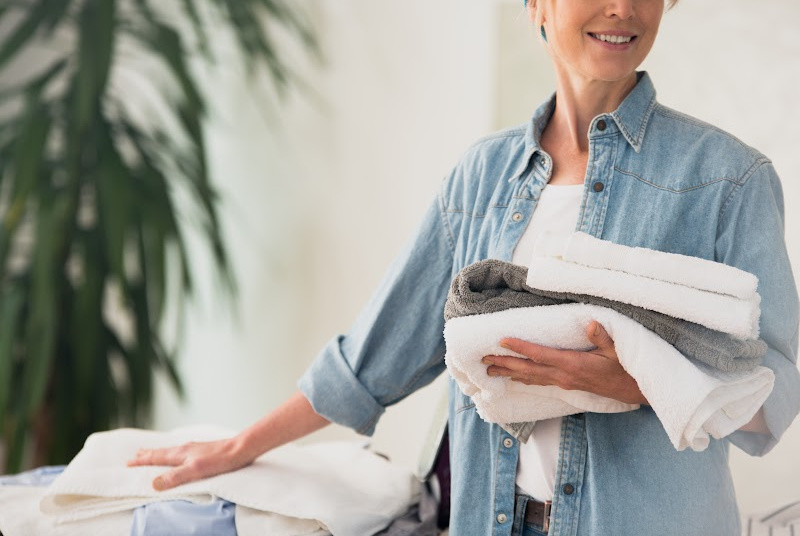
What’s the difference between suggested washing, and regular instructions?
These different instructions can vary greatly depending on the fabric you’re washing. Typically, the first set of instructions indicates the ‘suggested’ washing cycle, which should yield the best results. The second set of instructions indicates the ‘regular’ washing instructions, which are suitable for the fabric, but may not provide the most longevity of the garment.
Comparably, in some instances, sewers may wish to put their fabric through a ‘regular’ wash first, in order to treat the fabric or ‘toughen it up’ so if the garment gets washed incorrectly in the future, there will be less damage done to the finished project. This is most often seen in the case of denim fabrics that may shrink in the wash, or when washing brightly-coloured fabrics that may bleed in the wash.

How to save your fabric from damage.
Fabrics, like any sewn garment, can become damaged if washed incorrectly. However, your fabric can also change after the first wash, even if you do wash it correctly. Some fabrics, like cotton, linens, denims, and cotton blends, can shrink during their first wash, so it’s very important to wash the fabrics before you get to sewing. This way, if the fabric shrinks, it won’t be after you’ve sewn all those beautiful, straight seams. Just think of the nightmare of pulling your new, home-sewn garment out of the wash to see every seam puckering and pulling. Truly terrible!
Similarly, some fabrics have a tendency to ‘run’ in the wash, where the dyes bleed and then set after their first proper clean. It’s equally monstrous to think of that lovely red fabric staining an entire load of laundry when you could have washed it on its own to avoid the catastrophe.

How do I know if my fabric will shrink or bleed?
It’s impossible to know one hundred percent of the time which fabrics will shrink or bleed during a wash, that is why it’s important to do the wash before you get to sewing. Every experienced sewer knows that you must account for shrinkage when purchasing fabric. So, if you need exactly 1 yard of fabric, it’s best to actually grab 1.25 yards, just to be safe.
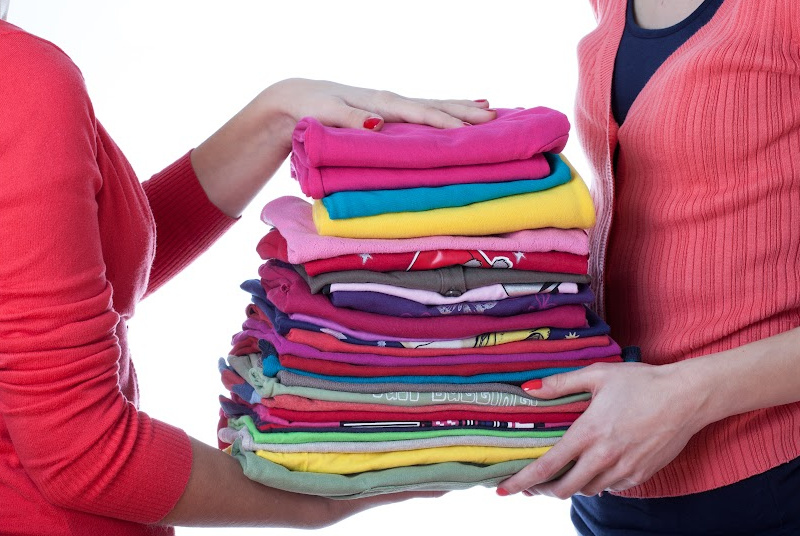
Keeping your fabric clean.
Even if you know your fabrics won’t shrink, or bleed, you should still wash your fabrics to guarantee cleanliness. Fabrics are produced all around the world, and many times need to be shipped overseas to get to us in lovely Canada. While precautions are often made to keep the fabrics from becoming damaged, or dirty, it is impossible to keep every fibre pristine.
After living in a manufacturing environment, a shipping container, a warehouse shelf, transport trucks, and then finally the fabric shop floor, those fabrics have passed through a ton of hands. Each environment comes with dust, and dirt, so washing your fabric is a must to guarantee it’s clean for your first wear!

Keeping your fabric on grain.
Some bolts of fabric when they are spun and rolled can become twisted, or ‘off-grain’ by mistake. This means that the individual, woven strands are not truly straight and can result in warped patterns, or awkward textures. Fear not! Washing fabrics typically sets them straight, and makes it so your garments will hang true. This is also why you will see our experienced sales staff electing to ‘tear’ certain fabrics instead of cutting them. A tearable fabric will always tear along the true grain, so you will have the correct length of fabric after your first wash.
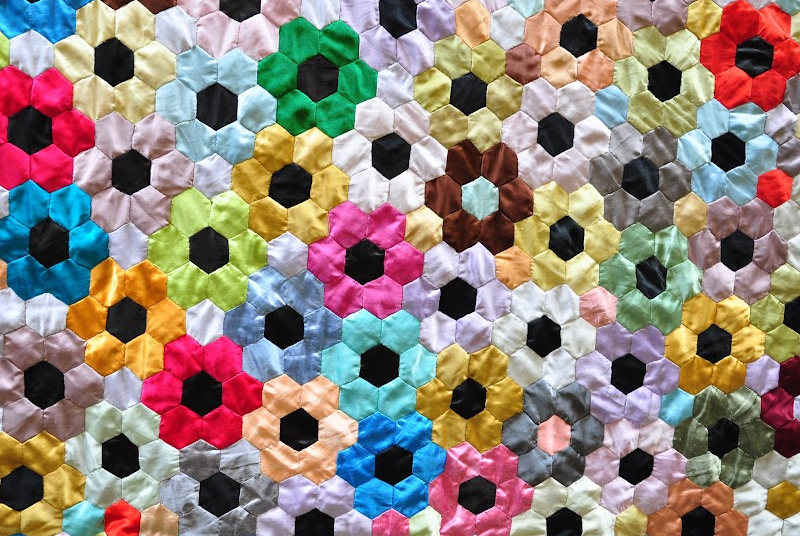
Are there times I wouldn’t wash my fabrics?
There are specific circumstances where some sewers may not wash their fabrics. For example, many quilters who are sewing for wall hangings, or quilt shows, choose not to wash their fabrics. This guarantees that there won’t be shrinkage, and since the quilt will never be used as a blanket or covering, the presence of dust is less of a concern. Additionally, the grain of the fabric in these types of makes doesn’t matter as long as the colour and pattern for the quilt is visible. Again, since this piece will never be washed, the fabric being ‘off-grain’ does not matter in this instance.
Additionally, wool fabrics tend to need special care. Most sewers elect not to pre-wash wool because of their tendency to shrink dramatically and felt. We suggest pre-steaming your wool instead, to help reduce the risk of shrinkage that will happen with pressing and working on the garment. If washing, wool garments should be washed in cold water, and hung to dry.
Likewise, silks are a specialty fabric, and we always recommend to customers that they take their silk garments to a dry cleaner to increase the longevity of their piece. Some people may elect to hand-wash silks and hang them to dry like they would with wools, but this is done at your own risk since silks may still bleed during this process.
Sometimes revisiting the basics helps us all. Every sewer should always put their best foot forward when tackling a new project, and washing your fabric should always be your first step! Whether you learned something new today, or you became reaffirmed in your time-worn choices, make sure you wash your fabrics and share with a sewer in your life. Until then, happy sewing!


